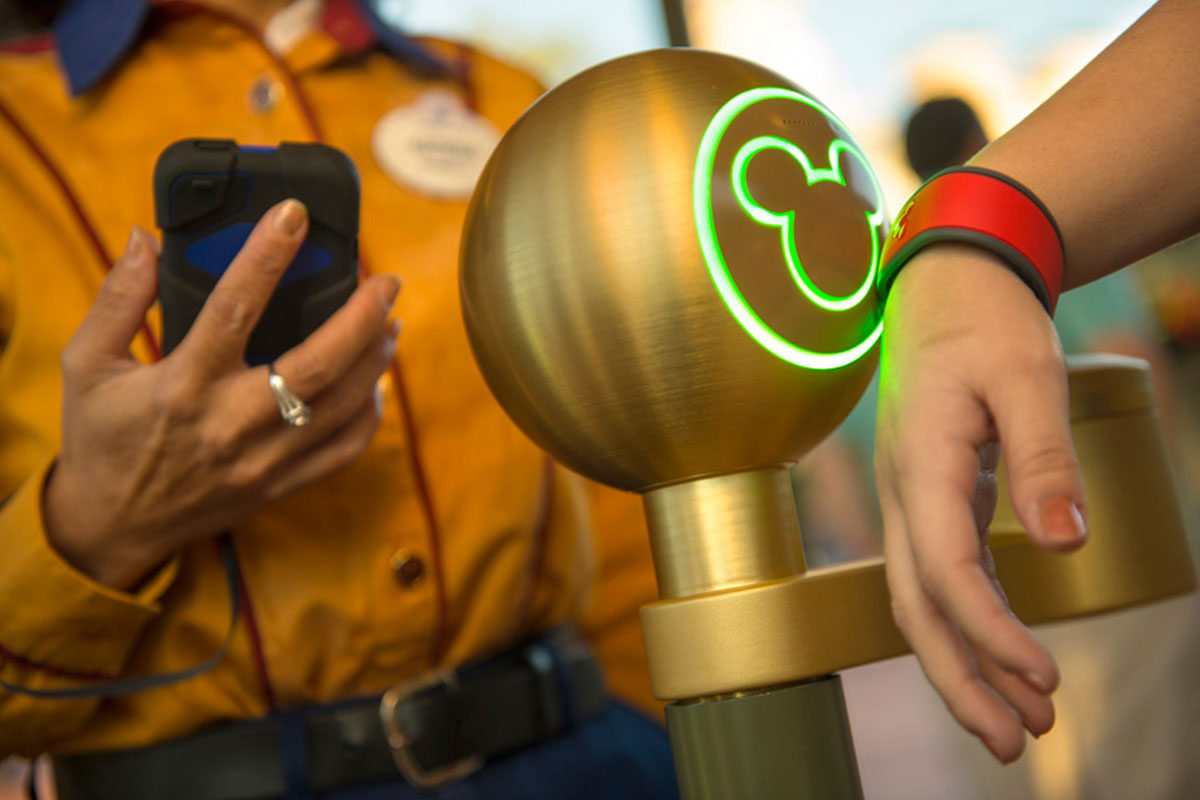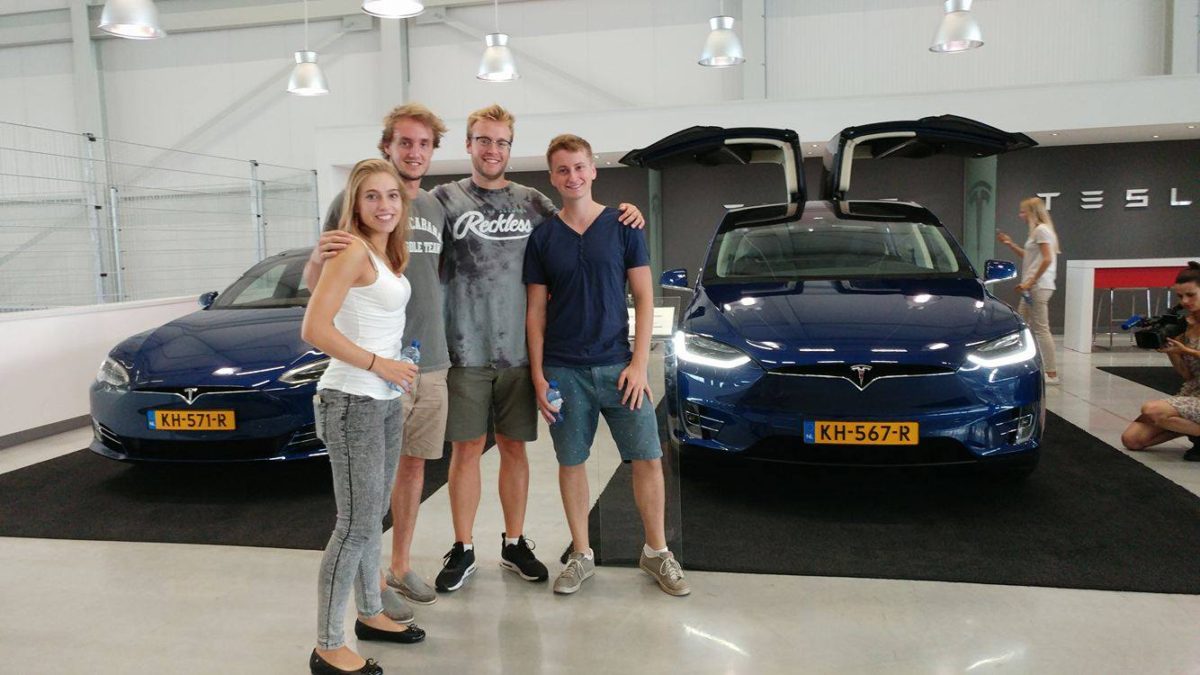Palantir is the third highest valued startup in Silicon Valley, only trailing behind Airbnb and Uber. It is not a young startup, as it was founded in 2004. In its most recent funding round in 2015 it raised over $880 million and was valued at over $20 billion. It has yet to announce an IPO, however the CEO Alex Carp has stated that this was not one of its main focuses, claiming that: “An IPO would make running a company like ours very difficult”. This qoute characterizes Palantir, it is a highly secretive company that does not reveal much to the public. However if we look at what Palantir does, and who their clients are, this is not very surprising.
Palantir creates data analysis solutions for large private and public players. Originally they only worked for the US government. The CIA was one of the early investors, and used Palantir’s solutions for national security. Exactly what Palantir did for the CIA is not really known, however one of its first major successes was helping with the discovery of the Chinese Ghost Network in 2010. The Ghost Network was an infected botnet of 1295 high target computers in 103 different countries. These were computers in highly secure places: embassies, NATO computers, and even places such as the Dalai Lama’s office. Ever since, the US government has expanded Palantir’s services to 12 other US government groups, such as the NSA, the FBI, the Marine Corps, the Air Force and more, all of which require an incredibly high volume of data with high variety to be analyzed immediately.
In the meantime Palantir has expanded into the private sector, working for big banks, hedgefunds, consumer brands, such as Hershey’s and JP Morgan Chase. These private sector clients now account for a majority of Palantir’s revenue, estimated at around 75%. Palantir’s private sector clients rely on it for detecting fraud, studying consumer behavior, and other data analysis that will give them a competitive edge. Exactly what Palantir does for these companies is, again, not entirely certain, because of its highly secretive nature.
What we do know is that Palantir charges extremely high fees for its services, sometimes over $1 million per month. This has caused some of its bigger clients to reevaluate the value that Palantir offers, some of which have decided to stop working with the startup. Companies like Coca-Cola, the Nasdaq, and American Express have all walked away according to insider documents that were leaked. This is not the only problem that Palantir faces, according to other leaked documents the company suffers from high employee turnover, having almost turned over 20% of it’s staff in 2016. Another problem is that while Palantir does have high ‘bookings’ from potential clients, not all of these bookings actually translate into revenue. In 2015 Palantir had $1.7 billion dollars in booking, which translated into $420 million in revenue.
Palantir faces a problem that many other startups in Silicon Valley do. Many suspect that the valuations of Silicon Valley unicorns and startups suffer from a bubble. These startups face incredibly high expectations, and sometimes it is hard to meet them. Some investors have started to notice this and are adjusting accordingly. Morgan Stanley, which has invested $45 million into Palantir has marked it’s investement down by 32%. It did the same for Flipkart and Dropbox, both being revalued at a 27% and 25% decrease respectively.
Despite these problems Palantir is still an incredibly interesting company that has a lot of potential. It is one of the pioneers of big data analysis and an incredibly powerful player. I can definitely recommend watching out for what Palantir does next.
Sources:
https://www.palantir.com/wp-assets/wp-content/uploads/2012/08/ImpactStudy_GhostNet.pdf
http://fortune.com/palantir-big-data-analysis/
http://uk.businessinsider.com/palantir-leaked-documents-clients-2015-1?international=true&r=UK&IR=T
https://techcrunch.com/2015/12/23/palantir-has-raised-880-million-at-a-20-billion-valuation/





